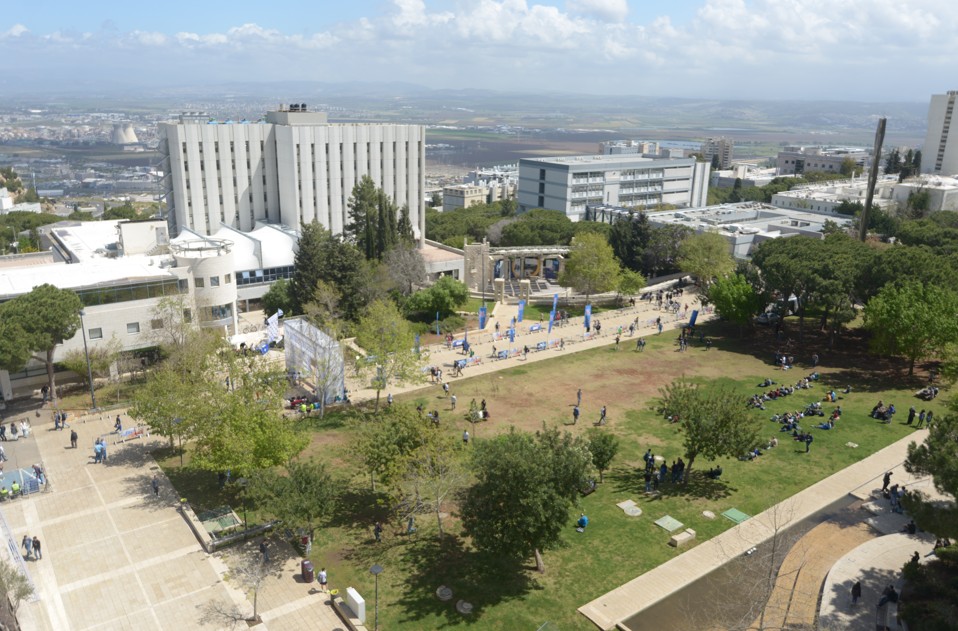Rapid Detection of Unamplified mtDNA via Machine Learning
New nanotechnology will accelerate and enhance research into mitochondrial dysfunctions, which are linked to cancer and neurodegenerative diseases

Prof. Amit Meller’s research group from the Faculty of Biomedical Engineering at the Technion has developed an innovative method for analyzing native mitochondrial DNA (mtDNA) in a streamlined process. This technique offers a flexible and more sensitive alternative for identifying and quantifying mtDNA, providing powerful tools for studying diseases related to mitochondrial dysfunction, such as cancer and neurodegenerative disorders.

The study, published in ACS Nano, was led by Prof. Meller and postdoctoral researcher Dr. Sohini Pal.
Mitochondria, known as the cell’s “powerhouses,” supply energy through the breakdown of sugars. Analyzing the DNA found within mitochondria helps detect dysfunctions in this organelle — disruptions linked to various diseases, including cancer, brain degeneration, and blindness.
Current methods for measuring mtDNA involve complex processes of purification and PCR amplification. This lengthy procedure requires repeatedly duplicating the DNA before analysis, during which crucial information present in the original mtDNA may be lost, ultimately reducing the accuracy of the quantification and diagnosis.
The new technology developed by Prof. Meller and Dr. Pal eliminates the need for molecular amplification and allows for precise analysis of native mtDNA molecules. It is based on a single-molecule sensing technique previously developed by Prof. Meller, analyzing DNA molecules by passing them through a nanopore embedded in an ultra-thin membrane. As the mtDNA molecules pass through the nanopores, they produce unique electrical signatures used to differentiate them from other DNA types. This new method preserves both the original copy number and molecular information of the mtDNA.

The method was successfully applied to quantify mtDNA (relative to genomic DNA) in various cell types, including human blood samples. It represents a breakthrough in mtDNA quantification and opens new avenues for faster, cheaper, and more accurate medical diagnostics. Further developments may lead to commercial applications for early and precise disease detection.
This research was part of the Liquid Biopsy Consortium (LiquidBx), founded by the late Dr. Yoav Medan, and was published in March 2025 in ACS Nano.



